When I walk into a cafe, I would usually expect to pay $3-5 for a drink, but since I can’t have dairy, it’s closer to $6-7. The lack of price for cow’s milk versus the expense of a non-dairy milk is confusing. Why am I being charged for an intolerance I can’t control?
People love the charming, warm and welcoming atmosphere of a cafe. Yet this experience is ruined when one must pay extra for milk alternatives, not knowing why the cost is higher. The average price for non-dairy milk in cafes varies from $0.50-1.50 and may vary depending on location. Dairy milk typically has no extra cost.
Most can’t control their own tolerance to dairy, yet brands can control the price of the milk. The dairy industry has been around much longer, so ways to confine costs and make the overall price much lower have been put into place. The plant-based milk brands don’t have as many ways to lower the price of their products since they haven’t been around as long, and the cost of farming the crops can be higher than the cost of raising a cow.
“It’s way too expensive for dairy free options,” said Summit sophomore Dane Eichelberger, who is lactose intolerant. “I saw a gallon for $8.50 on Saturday. It makes no sense at all, and it should be at least close to the same price.”
Cafes pay more to get milk alternatives as cows milk is underpriced, so it makes sense that prices for a non-dairy drink could be higher, but an extra dollar for the splash of milk in a cup of coffee can seem excessive. The average price of cows milk in Oregon is $3.31, but the nationwide average is around $4.00. If the price of cows milk increases, then non-dairy milks could also increase, leaving a much higher milk tax than we have now.
The material cost of dairy and non-dairy milk is roughly the same, but the alternatives still cost more. It’s estimated by the National Institutes of Health that over 65% of people worldwide have developed lactose intolerance or sensitivity. Since more people have started drinking dairy-free milk, businesses have produced more plant-based milks and priced them higher from the new production.
Materials like oats, soybeans and almonds take longer to process than the simplicity of cows milk and may require sweetening to counteract bitterness of the original taste; therefore making plant-based milks more expensive than true dairy.
“I think it makes sense, since a lot more work goes into it, but I also think it’s a bit unfair since a majority of people are lactose intolerant,” said Kyla Mcvey, a Summit sophomore who lives in a dairy-free household. “If they can’t buy milk that they can have because it’s too expensive, then that’s not good.”
The use of cow’s milk has declined in recent years despite its cheaper price. Some find that nut milks taste better in coffee, or have discovered that they don’t feel as unwell when they drink dairy-free milk. As more and more non-dairy milk products are made, people discover which ones they prefer. Some popular types are oat milk, almond and various other nut milks, soy milk, coconut milk and even rice milk.
The extra prices that are paid for milk alternatives because of material cost and inflation has caused people to be angry as they cannot control their intolerances. Some climate activists believe that the expense is unfair because it makes a cleaner diet unaffordable. Many brands, such as Fairlife milks, are known for the abuse of their cows, leaving people to boycott them—and often cow’s milk altogether—because of their large percent of methane emissions.
Since the material costs are roughly the same, then the price should be too. The cost of dairy-free milk shouldn’t be so much more expensive than cow’s milk that it’s an extra dollar for a drink in a cafe. It makes sense that the non-dairy milk is more expensive in the first place considering processing time and the underpricing of dairy milk, but there is no need for an extreme difference.

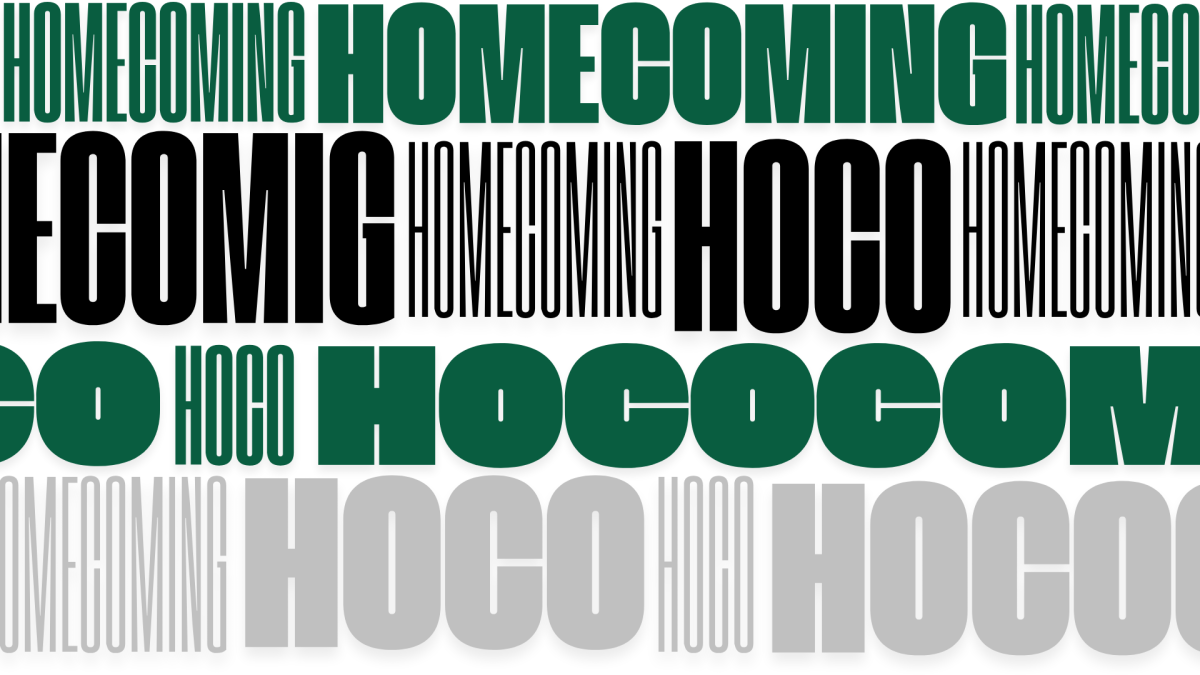


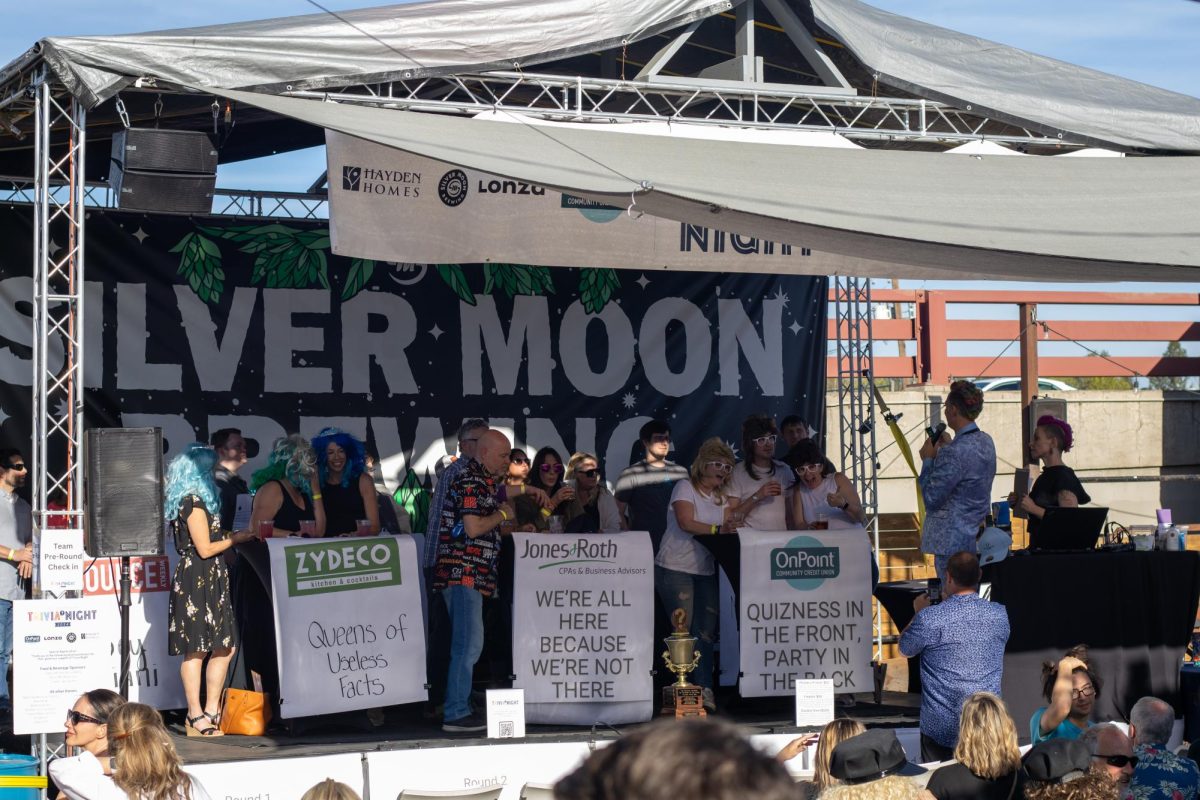




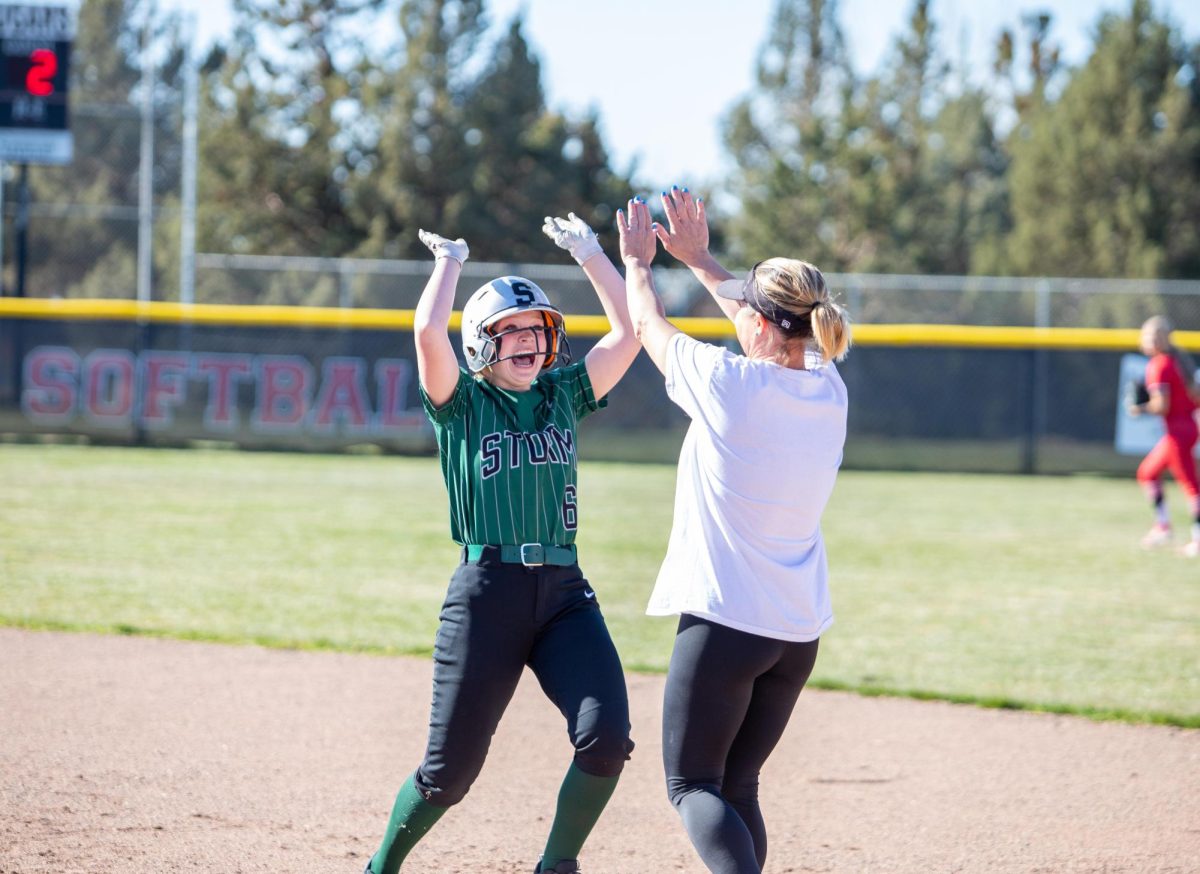
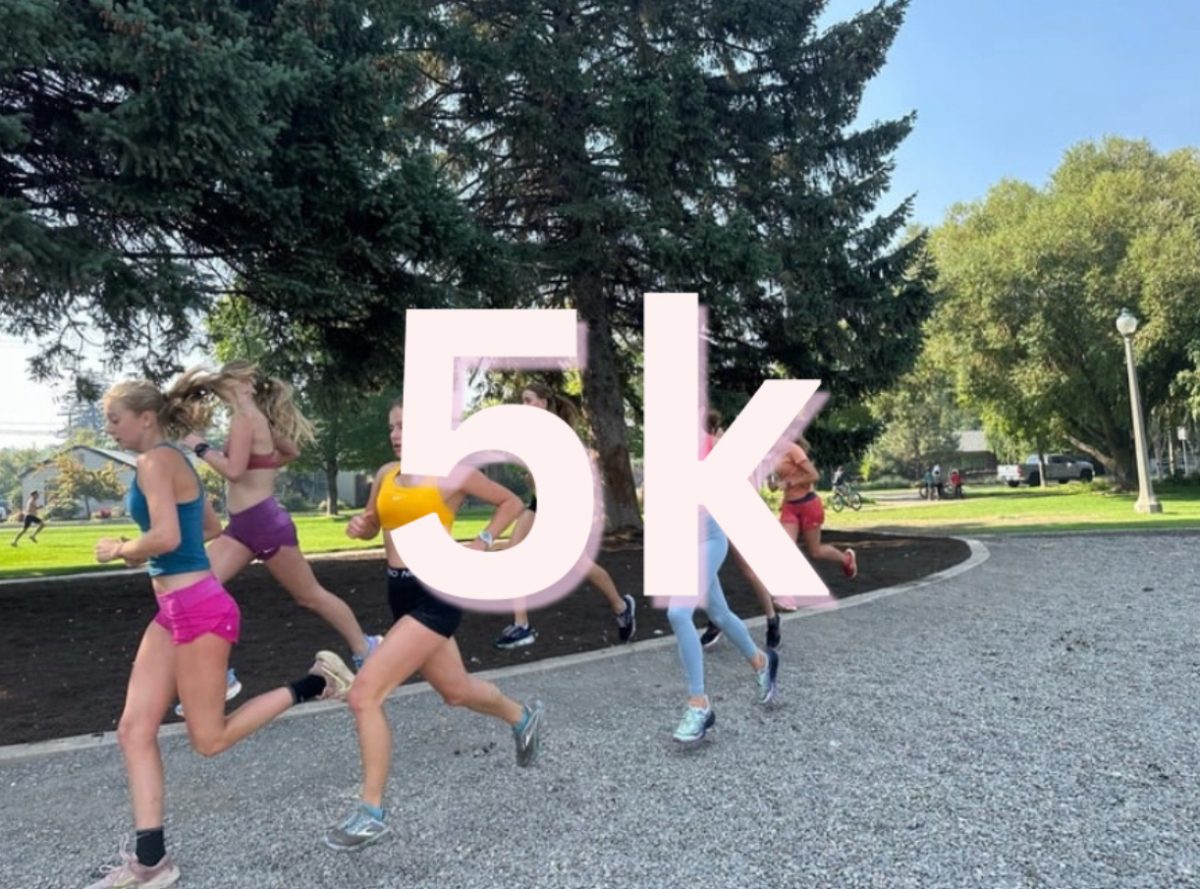




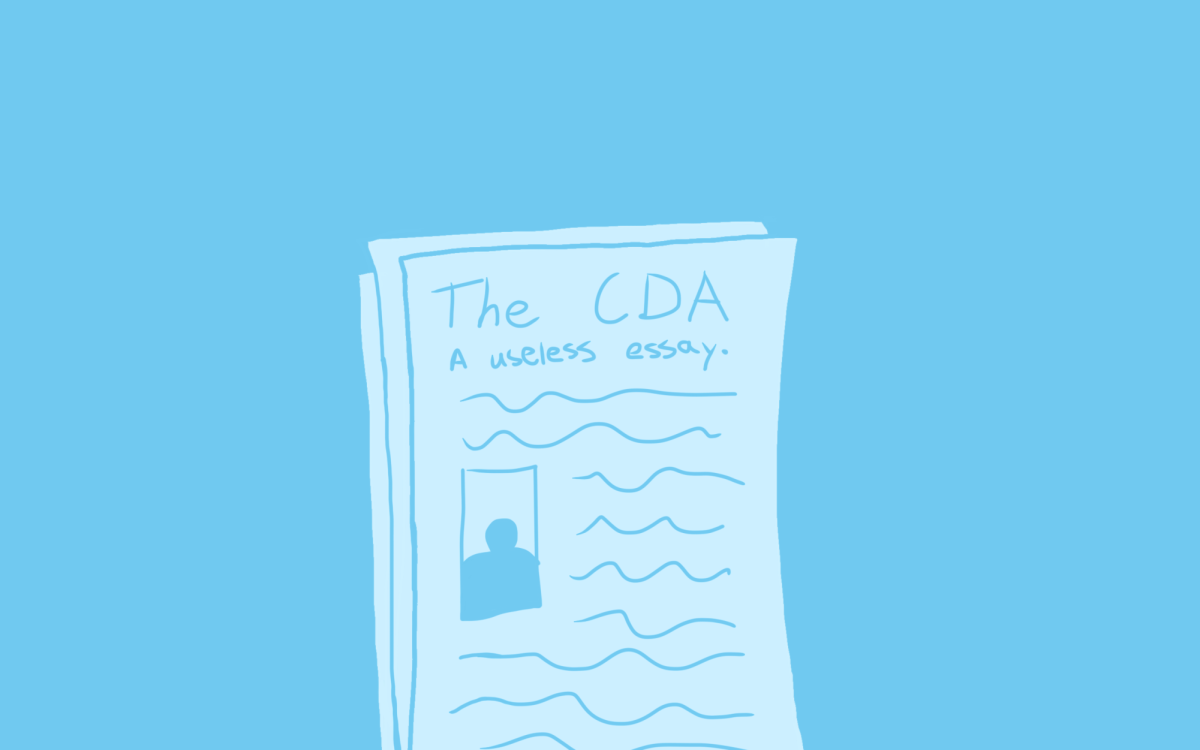

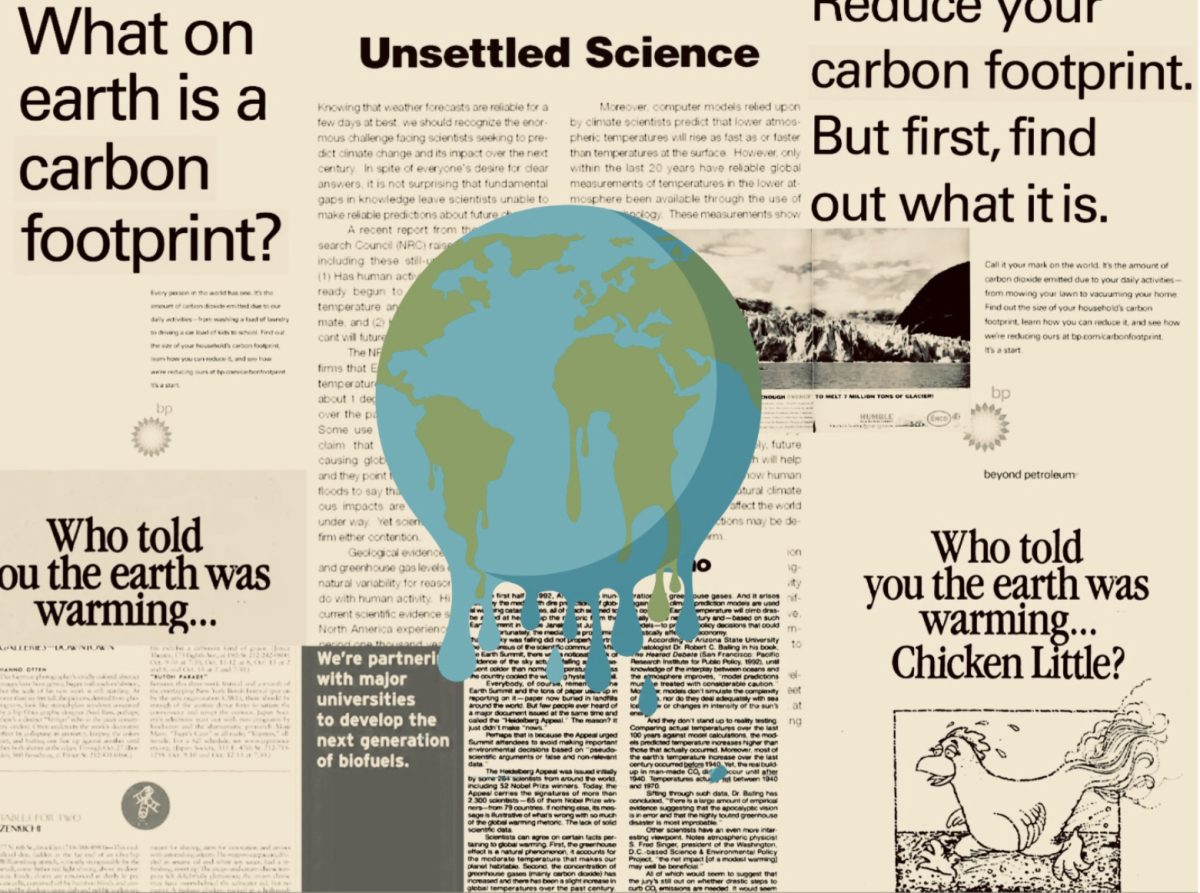



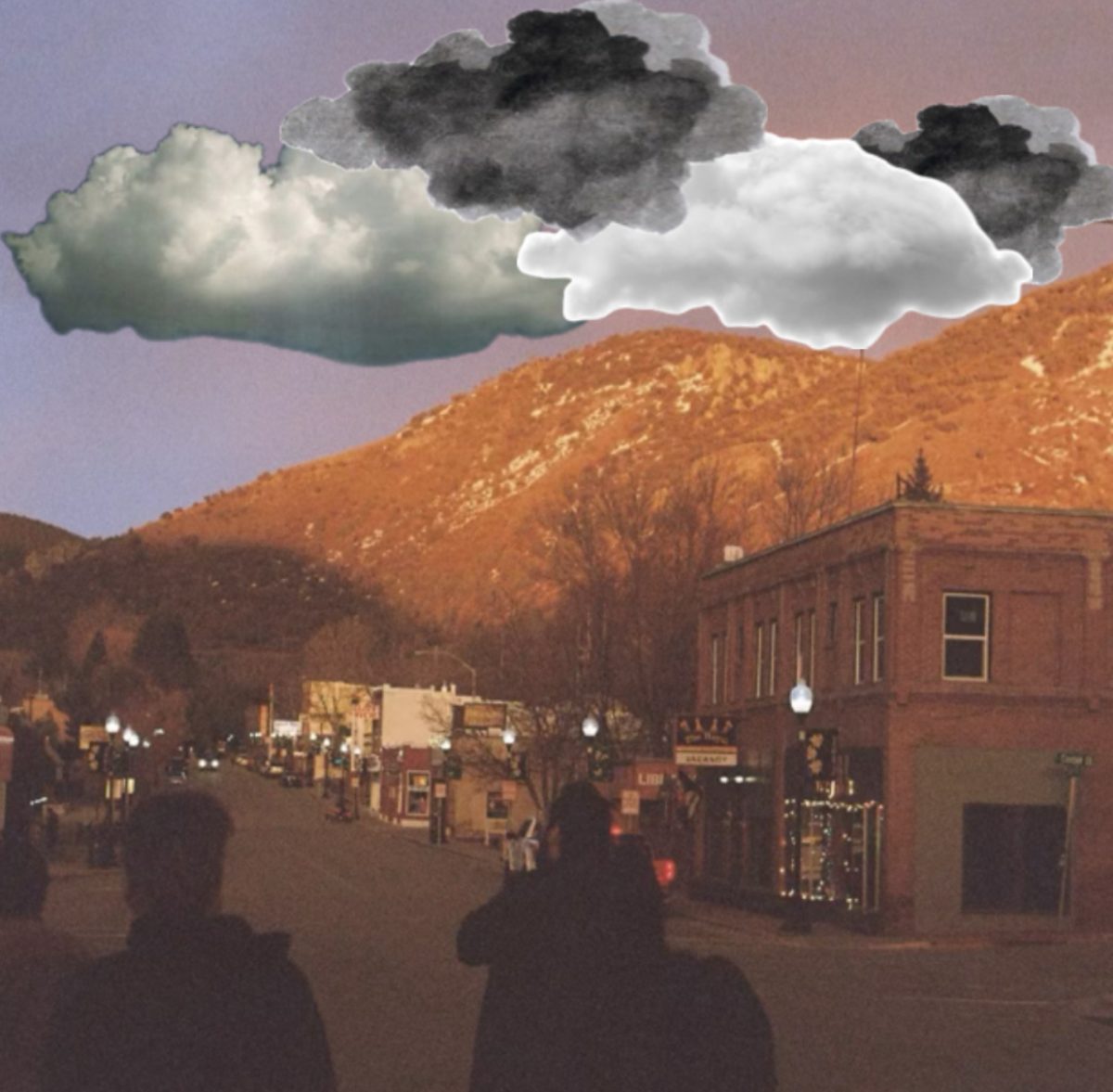












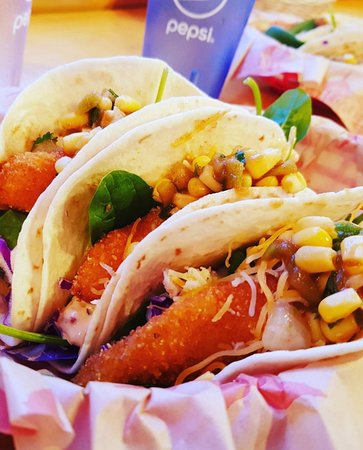

















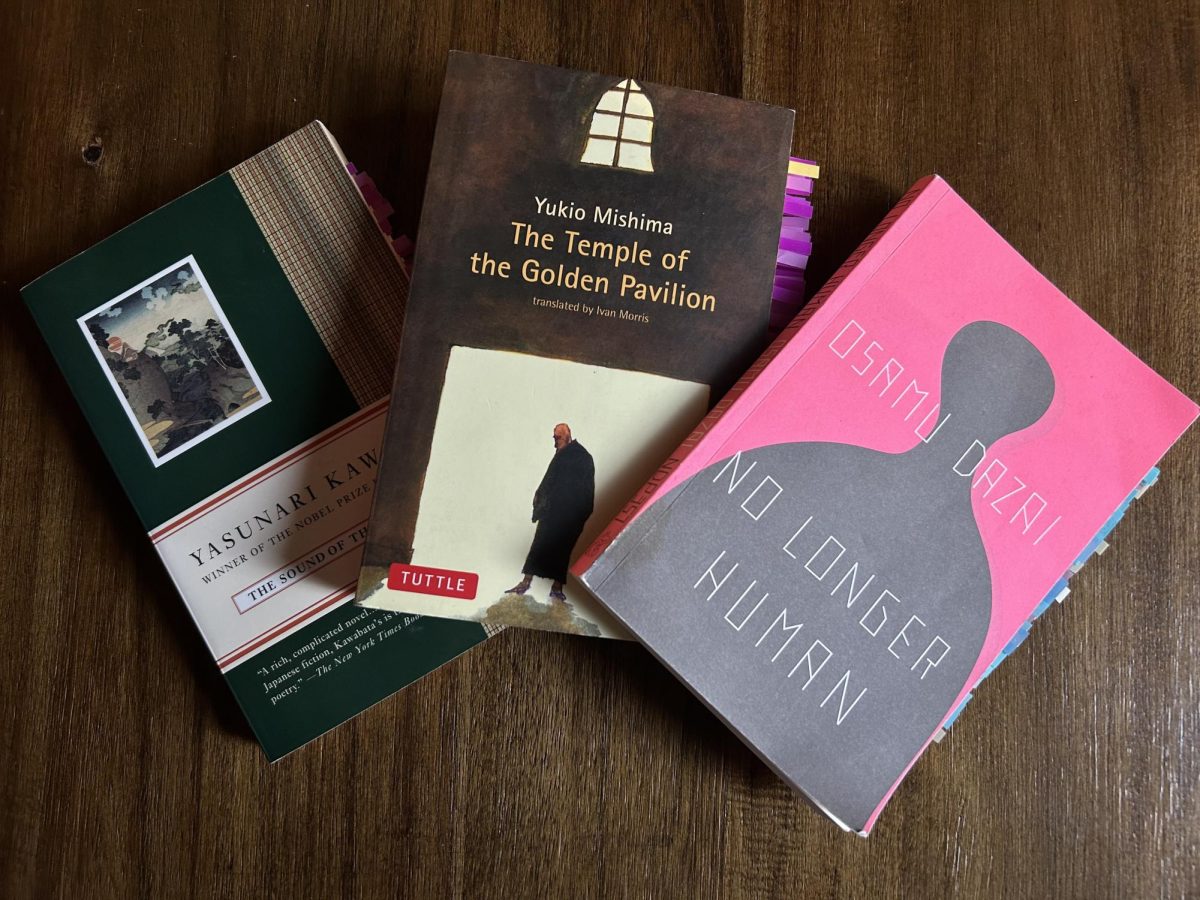


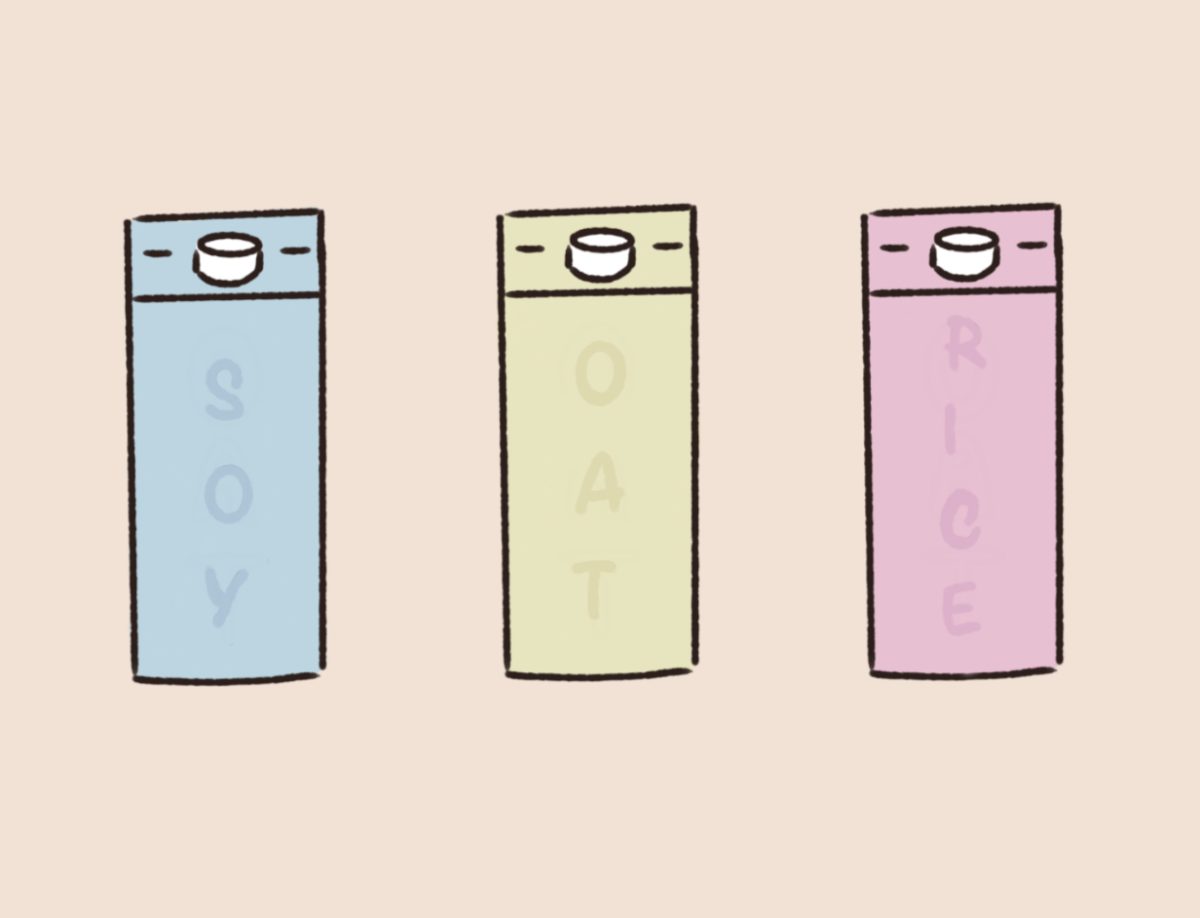


Anonymous • Feb 21, 2024 at 4:53 pm
As someone who is both lactose intolerant and broke I have opted to just swallow my pride (and some milk) and sit on the toilet for hours to save a few bucks